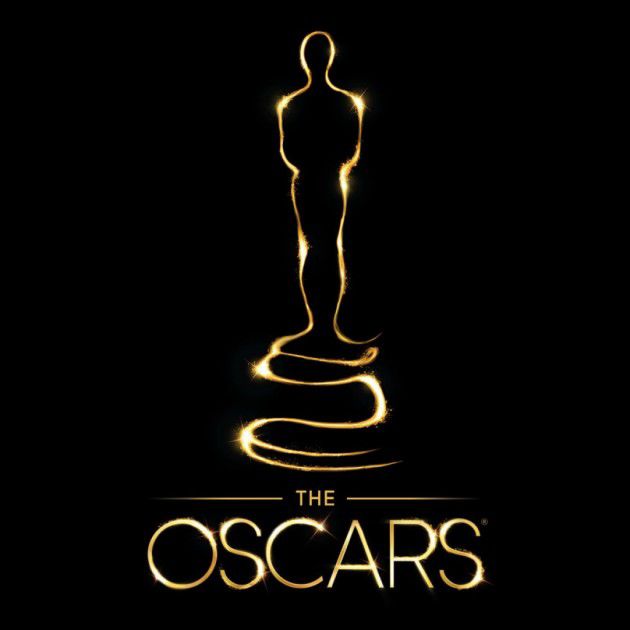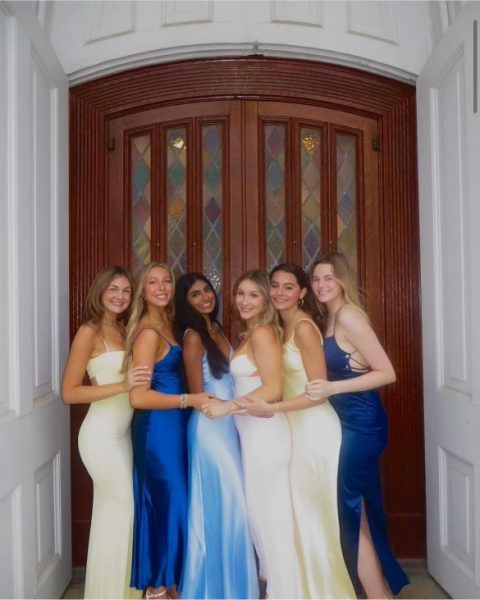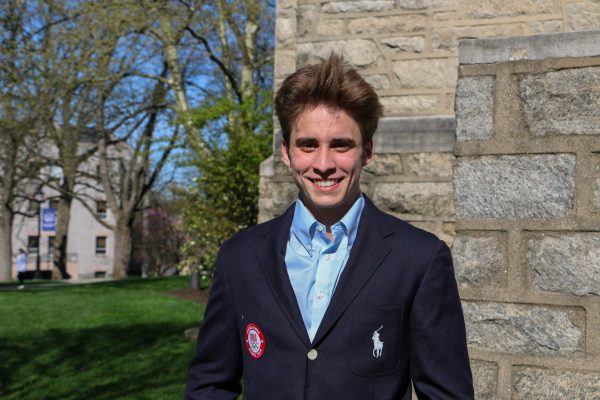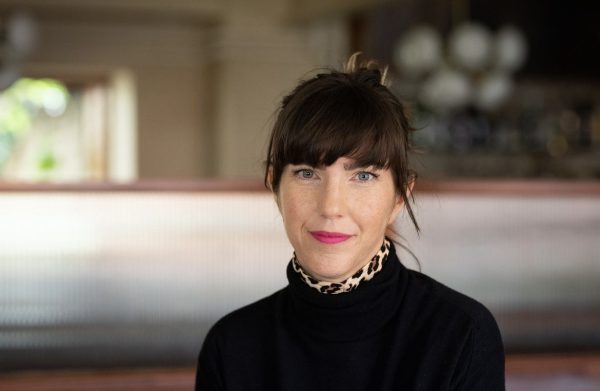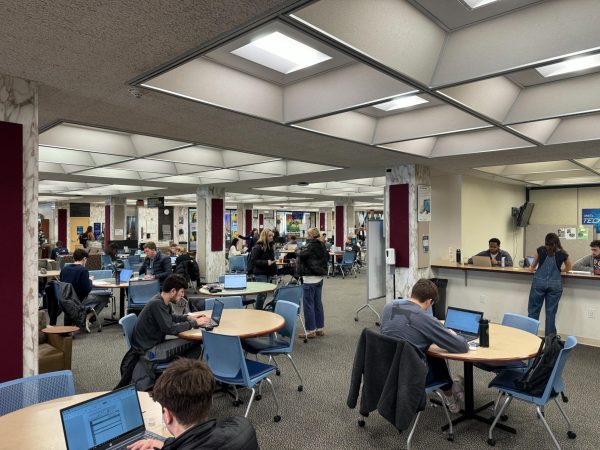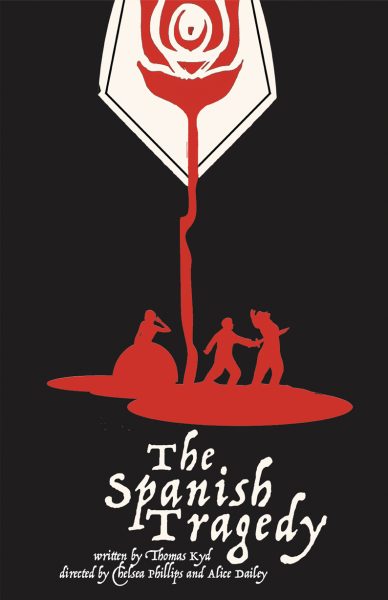Oscars controversy ignites discussion among students, professionals
February 2, 2016
When the Academy of Motion Pictures announced the Oscars nominees two weeks ago, a media firestorm ensued. For the second year in a row, the nominations were a total white-out. Minorities received nods in lesser known categories like hair and makeup and costume design, but 20 white faces graced every nomination for the acting slots.
The L.A. Times ran a cover the next day with the mugs of those nominees, Brady Bunch style, and the hashtag “OscarsSoWhite” took off on Twitter with thousands of people complaining about the rampant lack of diversity. The hashtag is credited to April Reign, who originally sent it into the Twitterverse when the nominations were announced last year, and this year demanded its resurrection.
Since the announcement, Jada Pickett Smith and Spike Lee announced they would be boycotting the Oscars. Smith put out a video urging people of color to understand how much power they now have to fight back against systems that ignore them.
Like most trending social movements, there has also been backlash. Actor and rapper Ice Cube, who starred in, wrote and produced “Straight Outta Compton,” one of the most notable nomination “snubs,” called the controversy “ridiculous.”
“We don’t do movies for the industry. We do movies for the fans, for the people,” Ice Cube said on the Graham Norton Show.
Stacy Dash, star of 90s cult film “Clueless,” called the boycott “ludicrous” and promoted different methods, like getting rid of BET and black history month, to fully integrate Hollywood.
Despite the diverse range of opinions, the vocal outrage had tangible effects on the Academy, an institution of more than 6,000 members that is 93 percent white and 76 percent male, with an average member age of 63. It announced the addition of three new governors’ seats and will attempt to double its membership of women and diverse members by 2020.
Some, like Will Smith, praised the Academy for its swift reaction to the issue. Others, like Reign, claimed it’s not nearly enough and that the issues stem far deeper than just two years of pale-faced actors and actresses taking home all the gold statues.
This query of how deep and broad this problem really goes and whose fault is it has dominated social media for weeks, and Villanovans definitely have opinions. As for where the fault lies, opinions broke into three camps: with the Academy, with the industry or with the moviegoers.
Villanova student Tom Fallon pointed out that there were lots of diverse actors and movies that received critical and commercial acclaim this year: Michal B. Jordan in “Creed,” Will Smith in “Concussion,” or the entire main and supporting cast in “Straight Outta Compton.” Even though two of these movies did get recognized, it will be white people who give the acceptance speeches (Sylvester Stalone for Creed and the white writers for “Straight Outta Compton).” For this, Fallon blames the Academy.
“This is in large part a reflection of the outdated nature of Oscar voters who have not only shunned black actors and films, but also films about homosexuals like “Carol” in favor of more conservative works like “Bridge of Spies,” Fallon said. “The voting process needs to be completely revamped.”
Casey Berner, another Villanova student, agreed and said people of color actors and writers are so often ignored when it comes to award nominations.
“We end up looking at this ridiculous all-white world that neither looks like America nor tells the incredibly broad range of stories that film could tell if we let it,” Berner said.
There does seem to be a great barrier for films that feature a diverse cast to get recognized by the Academy. To be nominated for anything, a bunch of mostly old white males have to think it’s good, and the number of votes it takes to get nominated is particularly high for categories like Best Picture or Best Director (fun fact: no black director has ever won an Oscar).
But Villanovan Patrick Ciapciak thinks there are other forces at play. He explained he’s a numbers guy and looked at the racial breakdown of America: 64 percent white, 17 percent Hispanic, 12.5 percent black and five percent Asian.
He acknowledged that white people hold a lot more power than their 64 percent, but he also argued that African-Americans hold more power than their 12.5 percent. Ciapciak thinks the real discrimination is regarding the Hispanic population.
“They are under-represented in nearly every major institution which claims to prioritize diversity, the Oscars included,” Ciapciak said.
The reason?
“Us, the moviegoers, and Hollywood studios hold dual blame,” Ciapciak said.
Film critic Manohla Dargis echoed the same sentiment as Ciapciak in a New York Times article. There are significant barriers to entry for racially and gender diverse people who want to get into the film industry including the cost of schooling, making relevant connections, conscious and subconscious racism and sexism and the economics of putting stories on screen that executives think will resonate with the broadest audience, white people.
“The primary reason the Oscars are so white this year and most years is that the movie industry is overwhelmingly white,” Dargis said.
Dargis also emphasized that movie-goers, people who may feel they have no power when it comes to Oscar snubs, can vote with their money by going to see more films with women and people of color. The more non-white, non-straight, non-male movies we watch, the more film executives will understand these are the types of narratives people want to see.
However, actual box-office numbers from 2015 can either be encouraging for this trend, or more evidence that the Academy does not care about the commoners’ opinion. The top grossing movie in 2015 was “Star Wars: The Force Awakens” which had a gender-diverse and race-diverse cast. Other notables with some diversity on the top ten list were “Furious 7,” “Inside Out” and “The Hunger Games: Mockingjay-Part 2.”
People are already filling in seats to see movies with more women and less white people, and those movies got a few Oscar nods. But none were nominated for best actress/actor or best picture, which highlights how unwilling the Academy is to honor films with widespread commercial appeal.
So what’s the solution? Is the Academy, the film industry, or the moviegoers most at fault? Villanova students are clearly thinking about and discussing that question amongst their friends, trying to find an answer. Some, like Villanovan Greg Stamatov, remain unconvinced there is a problem to talk about.
“If the people who have been judging the Oscars, who have been doing it for over 50 years, think the winners should be white, who cares,” Stamatov said.
Others, like Fallon, Berner and Ciapciak, aren’t persuaded that easily.

